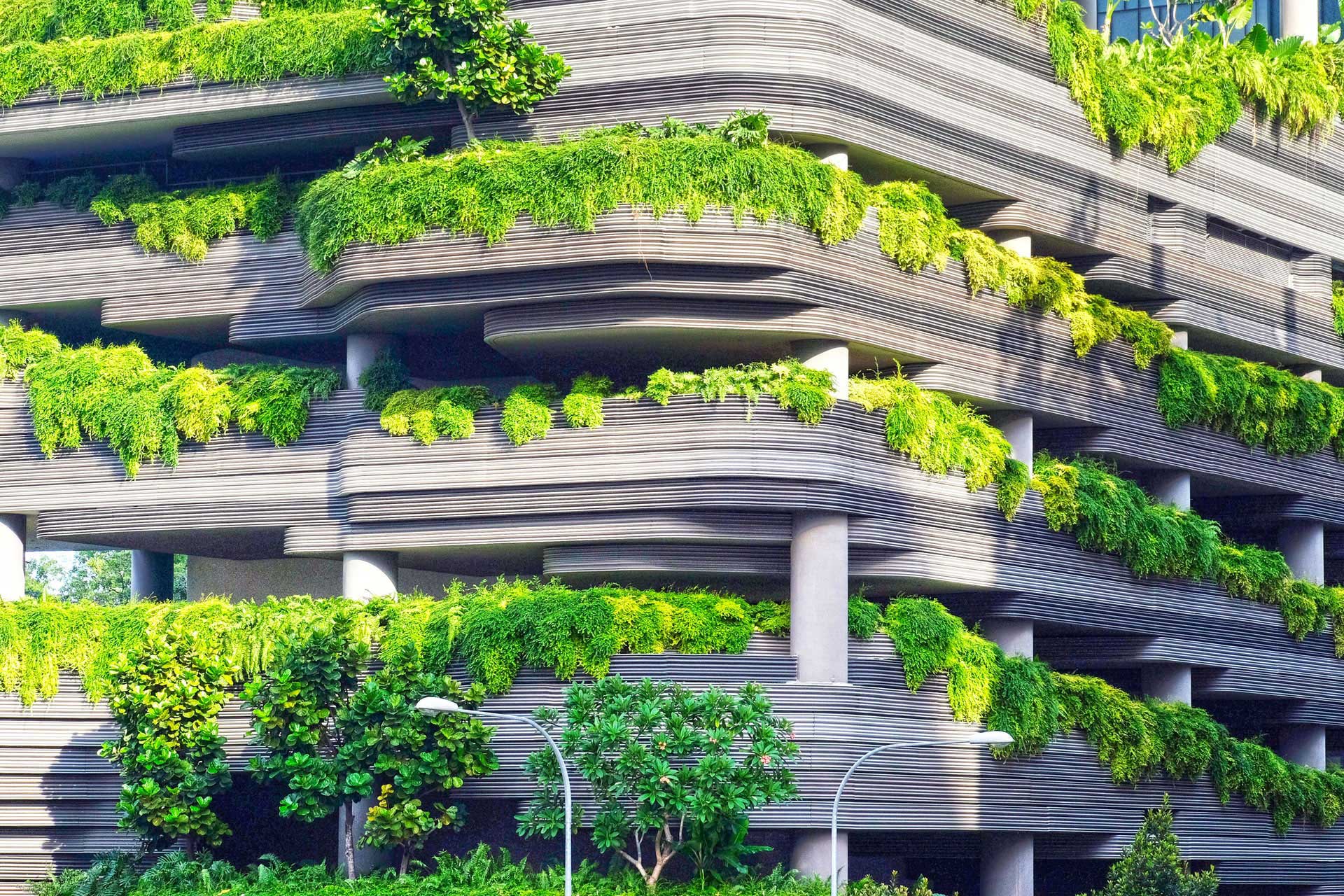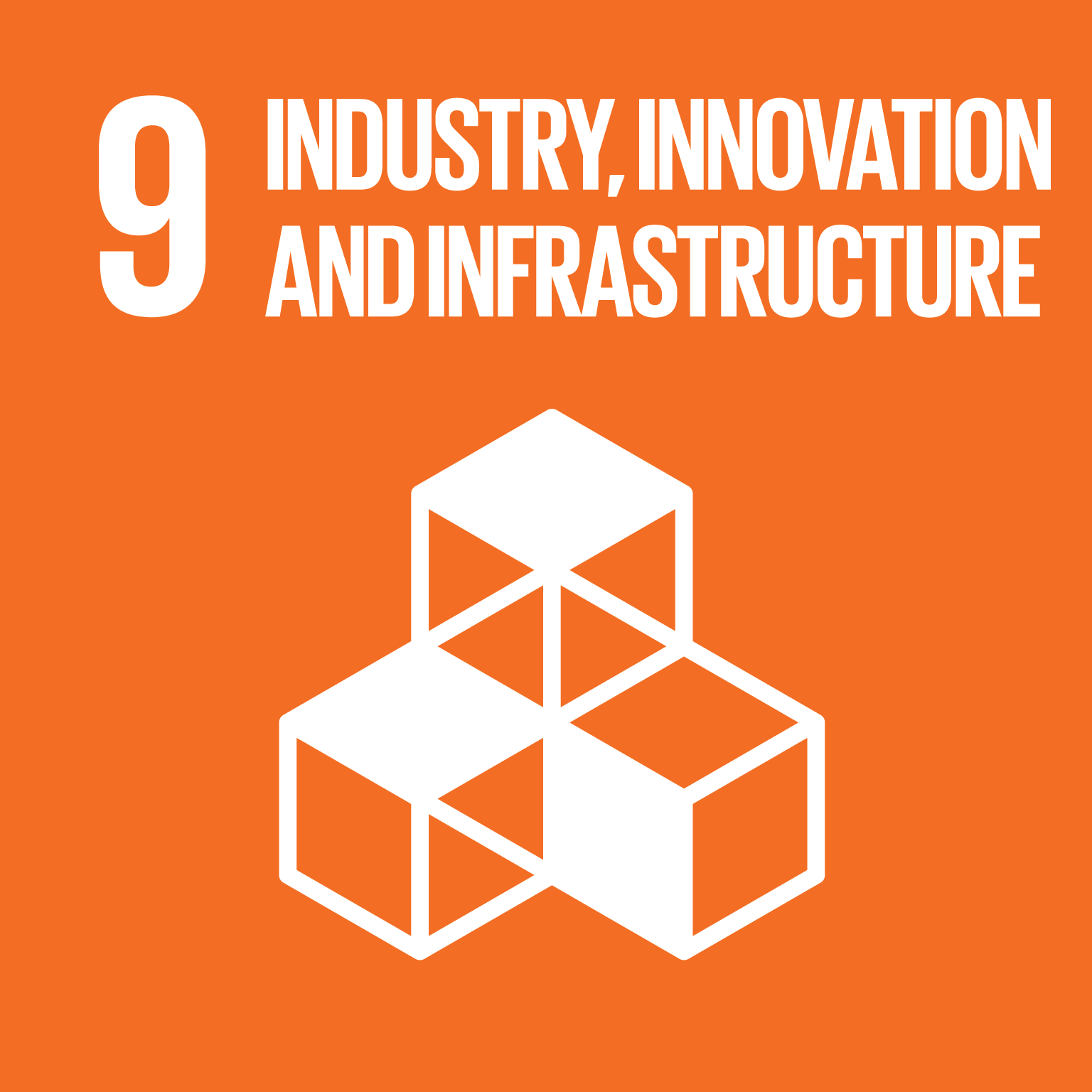Globally, many industries are radically adapting, innovating and reshaping in response to technological, cultural, demographic and economic shifts.
However, the building and construction industry is said to be lagging as compared to other economic sectors. As the building and construction industry continues to grow and to meet the emerging demand, new trends are being defined by the ability to drive efficiency, optimize cost, and promote sustainability. Trends that will transform the industry include people centricity, technology advancement and flexible design.
Many buildings that exist in our city today were built 20 to 30 years ago and they need to be adapted in order to continue to deliver value and meet the needs of the users such as the occupants, building visitors, facility management team and others. On top of addressing the challenges mentioned earlier, there are significant pressures on building adaption projects driven by complex stakeholder environment, project uncertainties and ineffective collaboration among project participants.
The agile project management methods that originate from the software industry is said to have strong focus on customer centricity, drive innovation, manage uncertainties and foster collaboration. Hence, this research project aims to study how agile methods can be applied in building adaptation project in order to redefine the future of the building industry and a move towards more user-centric and sustainable building practices.

Project timeline: 2019 - 2025
Key contributors:
This project addresses the following Sustainable Development Goals and Targets:
9.4 By 2030, upgrade infrastructure and retrofit industries to make them sustainable, with increased resource-use efficiency and greater adoption of clean and environmentally sound technologies and industrial processes, with all countries taking action in accordance with their respective capabilities

Get in touch
For more information or to discuss partnership and collaboration opportunities, email us at SDGs@rmit.edu.au.
For more information about RMIT’s sustainability commitments and activities visit www.rmit.edu.au/sustainability



